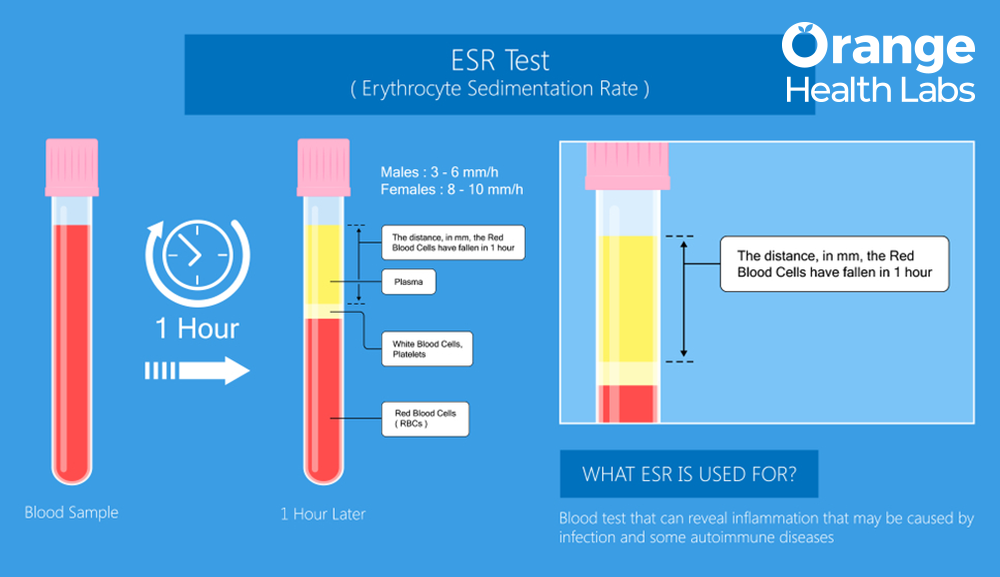Search for tests or checkups
SupportEverything You Need To Know About Monkeypox
Even before we are out of the woods with regard to COVID, the Monkeypox virus has taken over the headlines. While the numbers are still small, governments are taking proper actions to stop the spread. The good news is that it is not as infectious as other diseases since it requires close and prolonged contact to get infected.
What exactly is monkeypox?
Monkeypox is a viral zoonotic disease. It is caused by monkeypox virus, a member of the Orthopoxvirus genus in the family Poxviridae. After smallpox in 1980s, this has emerged as a critical orthopoxvirus for public health. Research says that it is a self limiting disease with the symptoms lasting from 2 to 4 weeks. Severe cases occur rarely. In this outbreak, the case fatality ratio has been reported to be 3–6%. It is believed to be less contagious than smallpox and causes much less illness.
What are the symptoms of monkeypox?
The most common symptoms of monkeypox are:
- fever,
-swollen lymph nodes
- muscle aches
-pain.
However, according to a study published in the British Medical Journal, people are showing atypical symptoms in the ongoing global outbreak. Some of the common symptoms are described to include rectal pain and penile swelling (oedema).
What causes monkeypox? How is monkeypox infection transmitted?
Zoonotic transmission, that is animal-to-human spread, can happen because of direct contact with the blood, bodily fluids, or cutaneous or mucosal lesions of infected animals. Eating undercooked meat and other animal products of infected animals is one possibility. Human-to-human infection can spread by close contact with lesions, body fluids, respiratory droplets and contaminated materials such as bedding. Transmission via droplet respiratory particles usually requires prolonged face-to-face contact, which puts health workers, household members and other close contacts of active cases at greater risk.
How is monkeypox treated?
Monkeypox typically presents clinically with fever, rash and swollen lymph nodes and may lead to a range of medical complications. Treatment is directed to alleviate symptoms, manage complications and prevent long-term consequences. As with all virals, patients should increase their intake of fluids and nutritious food. Secondary bacterial infections are to be treated as required.
How to prevent monkeypox infection?
One of the ways to prevent monkeypox infection from spreading is screening. Testing for the monkeypox virus, which was once very limited, is now more available. Increased and rapid identification of new cases helps in outbreak containment. Those in close contact with the patient, like health care workers, those handling specimens and their household members who are involved in patient care are most at risk to get infected. It is expected to implement standard infection control precautions in the above cases. It is suggested that persons previously vaccinated against smallpox should be selected for patient care.
Also, reducing the risk of zoonotic transmission becomes necessary. In the last several years, most new diseases or old infections that have resurfaced have resulted from a primary, animal-to-human transmission. Unprotected contact with wild animals, especially those that are sick or dead, including their meat, blood and other parts must be avoided. Additionally, all foods containing animal meat or parts must be thoroughly cooked before eating.
Even as WHO has declared monkeypox to be a public health emergency, ICMR, India’s apex medical research institute has asked pharmaceutical companies to develop a vaccine against the monkeypox virus. According to doctors, those under 42 years of age are at risk since they haven't received smallpox vaccination. Some Indian states have passed an order to reserve beds in COVID-designated hospitals for a possible outbreak. Screenings have been increased in many states and a 21 day isolation period has been announced in others for confirmed cases.

High Erythrocyte Sedimentation Rate (ESR): Unraveling Causes, Symptoms, and Significance

How Long Does Typhoid Fever Last and What Delays Recovery
